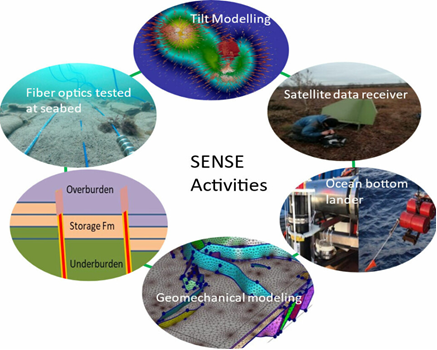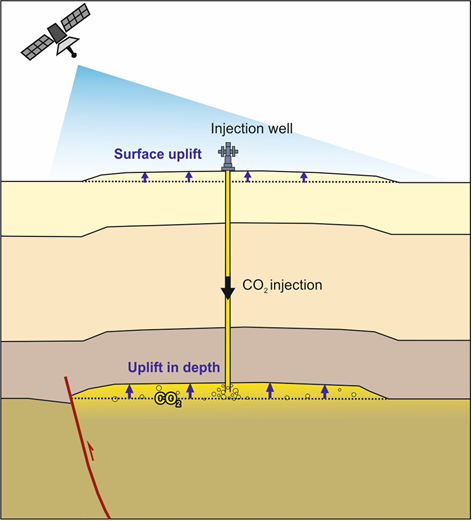Key data for the project:
Title: Assuring integrity of CO2 storage sites through ground surface monitoring (619155)
Project owners: Equinor, NGI by project manager Bahman Bohloli, Quad Geometrics and University of Oslo.
The other partners are: GEOMAR (Germany), British Geological Survey (BGS) (UK), IFPEN (France), CIUDEN and Spanish Geological Survey (Spain), Lawrence Livermore National Laboratory and University of Texas, Austin (USA), Research Institute of Innovative Technology for the Earth (Japan), CSIRO (Australia) and KIGAM (South Korea).
Support from the CLIMIT programme: NOK 12.3 million
Project period: 2019 -2022
More information: SENSE and forskning.no
More about carbon capture and storage: CCS, the Langskip project and Technology Center Mongstad




